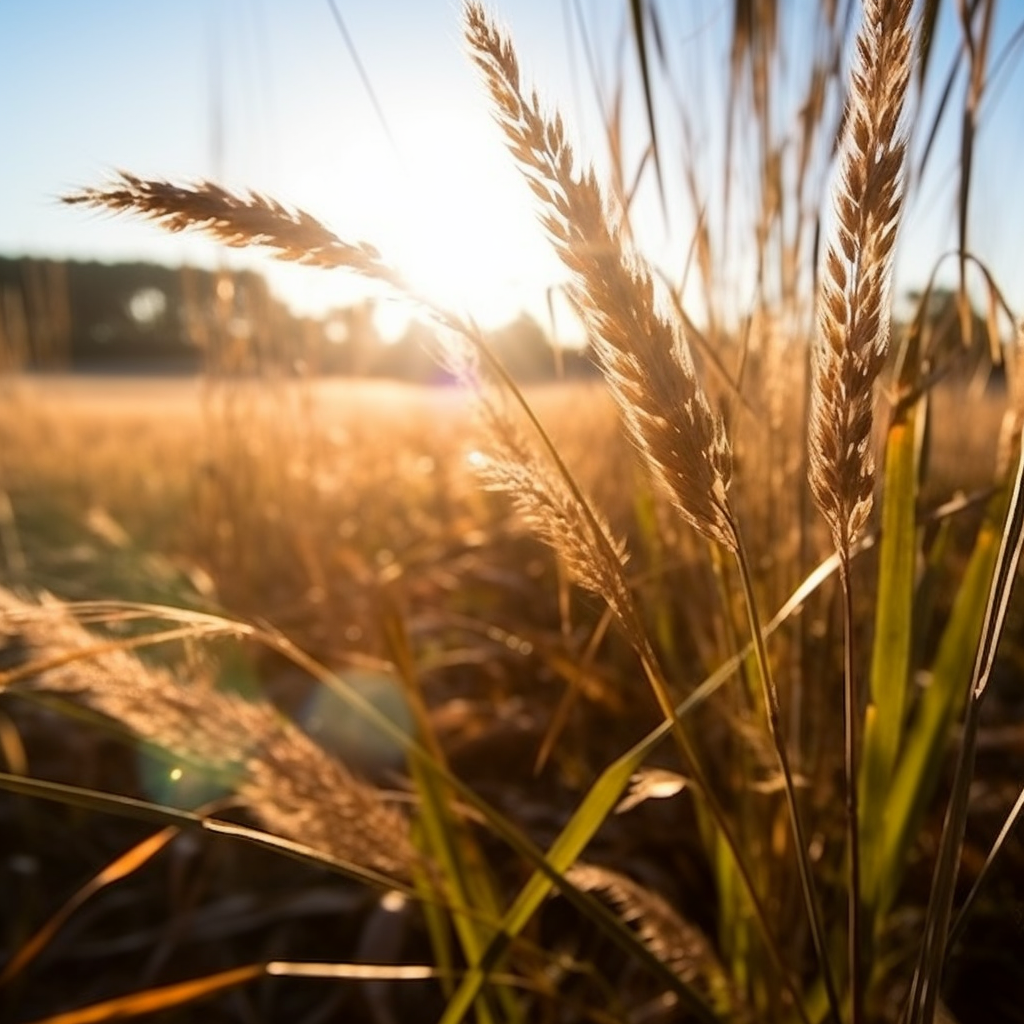Story of Day :
Contents
The Wheat Plant: A Complete Guide and Care Tips
Wheat is one of the most important cereal crops in the world, providing a staple food for millions of people. The wheat plant belongs to the Poaceae family and is characterized by long, slender leaves and a distinctive seed head at the top. In this article, we will provide you with a complete guide on how to grow and care for wheat plants.
Choosing the Right Varieties
When it comes to growing wheat, there are many different varieties available. It is essential to choose a variety that will thrive in your climate and soil conditions. Some popular varieties include:
- Hard Red Winter Wheat
- Soft Red Winter Wheat
- Hard White Wheat
- Soft White Wheat
- Durum Wheat
If you are unsure which variety to choose, consult with your local agricultural extension office or trusted gardening store for recommendations.

Sowing Seeds & Soil Preparation
The best time to sow wheat seeds depends on your location; however, generally speaking, it’s best sowed in fall or early spring when temperatures range from about 50°F –70°F (10°C–21°C). To ensure good germination rates and robust growth through maturity requires planting them at least an inch deep into well-drained soil rich enough in organic matter like nitrogen-rich compost/a mixture of composted manure.
Caring for Your Plants
To ensure that your wheat plants grow healthy and robustly through maturity requires regular care such as:
- Fertilization: wheat plants require fertilizer throughout their growth stages. Apply fertilizer rich in nitrogen and potassium after planting and again in the early spring before the wheat starts to grow.
- Watering: wheat plants require regular watering. However, overwatering can lead to root rot, so water only when necessary. Water deeply once a week if there is no rainfall (about 1 inch of water per week) until the seed heads start to form.
- Pest and Disease Management: Wheat plants are susceptible to pests such as aphids, armyworms, cutworms and diseases like rust or fusarium head blight. To prevent infestation make sure you regularly inspect your plants for any sign of infection or infestation. Remove infected parts immediately using sterilized gardening tools & if necessary call for professional help from a local agri-extension agent or plant pathologist.
Harvesting Your Wheat
The time it takes for your wheat crop to mature depends on the variety you planted but generally takes about 110-120 days from seeding till harvest time with an occasional variance depending on factors like weather patterns etc. When wheat turns golden-brown color that indicates it’s ready for harvesting with a moisture content range between 11% -13%. You can harvest by cutting down spent stalks using either sickles scythe/and thresh them out on tarpaulins spread into thin layers in sunlight (winnowing) which separates grain kernels from straw chaff.
In Conclusion
Growing wheat requires some planning but is easy if you follow these guidelines carefully regarding selection of right variety according to conditions,routine care & maintenance including pest/disease management as well as good soil preparation practices followed by timely harvesting ensuring optimal yield.You can be one step closer towards having freshly baked bread made straight out of your personal garden!
